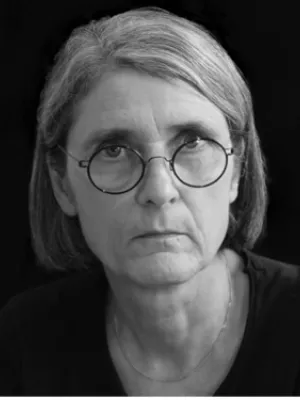
Nina Reistad
Senior lecturer

Optimal Epinephrine Concentration and Time Delay to Minimize Perfusion in Eyelid Surgery : Measured by Laser-Based Methods and a Novel Form of Extended-Wavelength Diffuse Reflectance Spectroscopy
Author
Summary, in English
OBJECTIVE:: This study investigates the hypoperfusion effects of epinephrine in local anesthesia in eyelid surgery. A novel form of extended-wavelength diffuse reflectance spectroscopy was evaluated. METHODS:: Blood perfusion in porcine eyelid flaps was measured using laser Doppler velocimetry and laser speckle contrast imaging, whereas the tissue response was measured using diffuse reflectance spectroscopy with a broad spectrum (450–1550 nm). Epinephrine was either injected cumulatively, 0.1 (1:10,000,000), 1.0 (1:1,000,000), 10 (1:100 000), and 100 μg/ml (1:10 000), to determine the dose–response relation, or given as a single dose (10 μg/ml). Control experiments were performed with saline or lidocaine. RESULTS:: Increasing concentrations of epinephrine resulted in a gradual decrease in tissue perfusion, measured by laser Doppler velocimetry and laser speckle contrast imaging, approaching a minimum after the injection of 10 μg/ml. Similar tissue response was observed with diffuse reflectance spectroscopy. The time from the injection of epinephrine (10 μg/ml) to the stabilization of hypoperfusion was 75 seconds. After administration of 10 μg/ml epinephrine, about 20% of the blood perfusion remained, supporting the use of epinephrine in eyelid flaps with a narrow pedicle. CONCLUSIONS:: 10 μg/ml epinephrine appears to be adequate for vasoconstriction before oculoplastic surgery. Incisions need only be delayed for about 1 minute. Extended-wavelength diffuse reflectance spectroscopy appears to be a promising technique for monitoring the tissue response following changes in blood perfusion in plastic surgery reconstructions. However, more rigorous validation of the technique is required before it can be implemented in clinical practice.
Department/s
- Ophthalmology Imaging Research Group
- Ophthalmology, Lund
- Atomic Physics
Publishing year
2018
Language
English
Pages
123-129
Publication/Series
Ophthalmic Plastic and Reconstructive Surgery
Volume
34
Issue
2
Document type
Journal article
Publisher
Lippincott Williams & Wilkins
Topic
- Ophthalmology
Status
Published
Project
- Flap monitoring during oculoplastic reconstructive surgery using new non-invasive imaging techniques
- Identifying periorbital tumor margins using new non-invasive imaging techniques
- Perfusion Monitoring During Oculoplastic Reconstructive Surgery - Opportunities for Optimization of Surgical Techniques
Research group
- Ophthalmology Imaging Research Group
ISBN/ISSN/Other
- ISSN: 0740-9303

